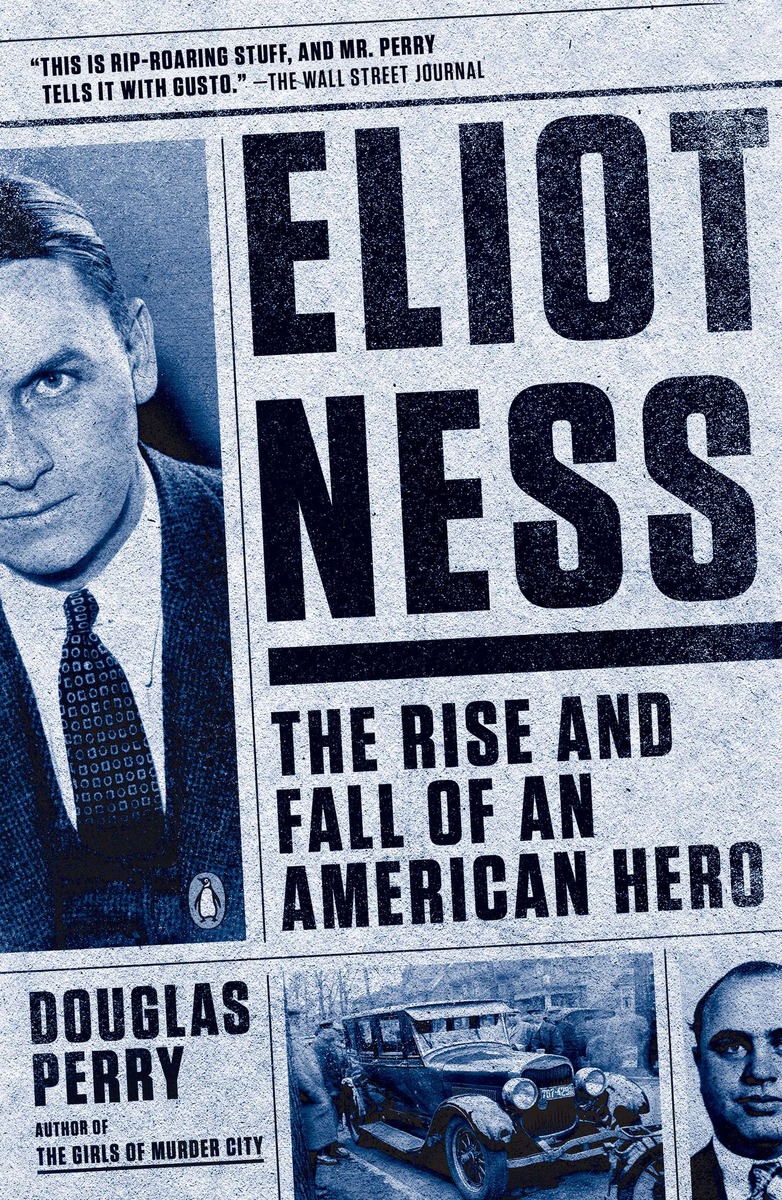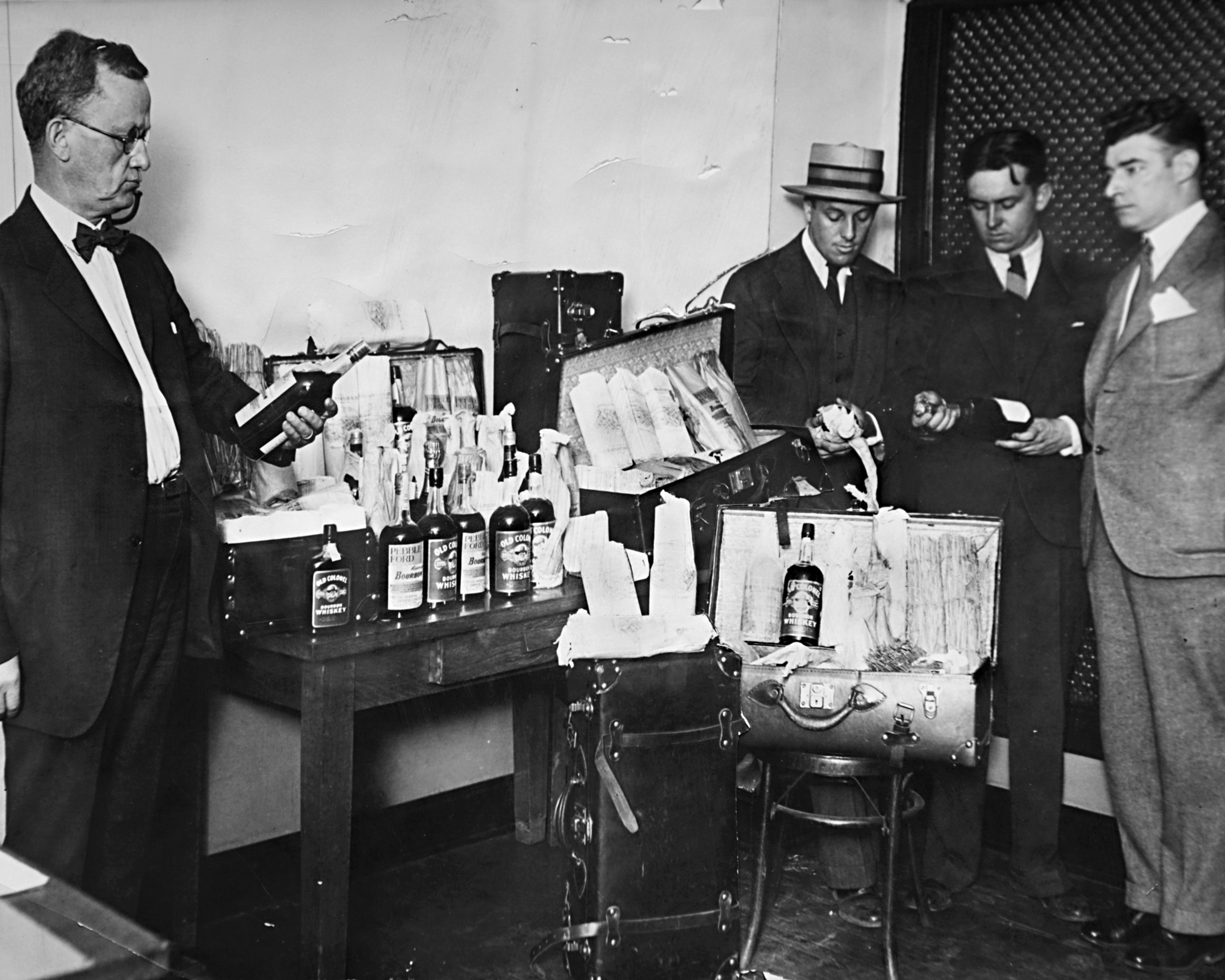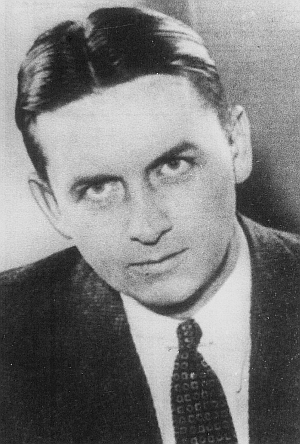By Douglas Perry (Guest Contributor)
Early on the morning of July 26, 1937, dozens of steelworkers gathered at a union hall near the Corrigan-McKinney steelworks on Cleveland’s East Side. The men, on strike for two months, passed around cigarettes and black humor. They talked goals and strategy. Then they marched on the plant. By the time they came up on the complex’s massive gates, their numbers had grown into the hundreds – the largest strike demonstration yet in the city. Many of the strikers brought their wives or girlfriends. The women took up union songs, their strident sopranos cutting through the summer heat:
Comrades, slay me, for the coppers took my soul
Close my eyes, good comrades, for I played a traitor’s role.
The march had a triumphant, carnival atmosphere. Men waved placards and blew whistles. Women with children in their arms stood along the incline that overlooked the steel mill’s entrance. Watching the demonstration, they chanted slogans and bounced their babies.
As the strikers’ songs made clear, the union was wary of informers, but no one thought what had happened in Chicago on Memorial Day – ten union men shot dead by police – could happen here. Cleveland’s strikers had the public’s support. It seemed like the whole city had turned out on this beautiful morning to watch the demonstration. But then the women suddenly stopped chanting and shielded their children’s eyes. The crowd below them jerked, like drying laundry snapping in the wind. Men fell to their knees, some of them bellowing in pain. A phalanx of police officers had appeared, swinging clubs. Tear-gas guns popped. Eliot Ness, standing on the hillside with the young mothers, watched intently. He’d given the order.
Ness, the famed gangbuster, was also a union buster? When Ness posthumously became a pop-culture hero in the 1960s thanks to a network TV series about his Prohibition-era “Untouchables” squad, his controversial efforts to deal with labor strife in Cleveland fell out of his biography. After all, in the eyes of many participants, he was the bad guy in that tale.
Ness had become known across the country in the early 1930s for leading a special Prohibition Bureau squad – the Untouchables – against Al Capone’s Chicago mob. In 1935, four years after Capone was convicted of income-tax evasion, Ness arrived in Cleveland. It was the worst of the Great Depression, and the labor movement had become confrontational. After all, the world was falling apart, but a lot of the fat cats still seemed to be pretty fat. Unions, boosted by new federal laws that backed collective bargaining and other labor efforts, struck industries across the country.
They hit Cleveland’s steel companies hard. And management hit back just as hard, employing their own private armies to combat strike demonstrations. Ness was caught in the middle. Cleveland’s mayor, Harold Burton, was adamant that the city should remain neutral in labor conflicts, and Eliot believed that was the right call.
Inside the Labor Disputes
The labor dispute had started far from Cleveland. In March 1937, Pittsburgh-based U.S. Steel, the largest producer of steel in the world, did something unexpected, something revolutionary. It headed off a strike by signing a contract with the Committee for Industrial Organizations, guaranteeing workers a living wage and a forty-hour workweek. News of the deal quickly swept through Cleveland’s steelworkers’ community. Hundreds of men poured into their neighborhood bars to celebrate the new industry standard. They ended the night with a parade outside Republic Steel Corporation’s Corrigan-McKinney and Upson plants.
The celebrations were for nothing. Republic CEO Tom Girdler, the effective head of the collection of companies known as Little Steel, had no plans to follow Pittsburgh’s lead. “You can’t relax authority and hope to keep it,” he said. He declared he would never sign a contract with a union.
Inevitably, workers voted for a national strike against Little Steel, which was made up of Republic, Youngstown Sheet and Tube Company, and Inland Steel Corporation. Violence came quickly and often, most notably the deadly Memorial Day bust-up of Republic picketers in Chicago, followed by the “Women’s Day Massacre” in Youngstown. Ohio Gov. Martin Davey called out the National Guard, which allowed the mills across the state to get up and running again with “scab” workers – and left strikers feeling more aggrieved than ever. When the Guardsmen left ten days later, Cleveland strike leaders declared that the city’s steelworks would not remain calm.
Cuyahoga County Sheriff Martin O’Donnell, a former Republic shift supervisor, deputized and armed a couple hundred Republic security officers for strike duty. Girdler effectively turned Corrigan-McKinney and Upson into armories, bringing in weapons and ammunition in huge trucks. Ness saw that a massacre worse than in Chicago was a very real possibility. He warned O’Donnell to keep his security officers in check, but he knew Republic wanted a fight and was going to find a way to get it.
The strikers, of course, wanted a fight, too. The women singing in front of Corrigan-McKinney’s big front gates on July 26 may have had peaceful intentions, but up on Dille Road, at the choke point leading to the mill’s entrance, not one of the men had a song in his heart. Strikers threw bricks and chunks of concrete at cars easing their way through. They pulled a man out of his car – a scab worker, they believed – and severely beat him. Seeing this, O’Donnell threw open the plant’s gates and sent his army into battle. More than a hundred company enforcers, wearing white armbands so they could identify one another, swarmed out of the mill with truncheons, pick handles and baseball bats. They arced through the crowd in a tight formation, battering everyone within reach.
That was when Eliot decided to take emergency measures. He had sympathy for the strikers. He believed their demands were fair. He knew that most of them had grown up in poverty and easily could have become criminals instead of working for a living. But none of that mattered right now. His crowd-management efforts simply weren’t working, and he had no other choice but to get tough. He sent the police into action.
Caught in the open between the Republic bruisers and a sudden wave of advancing police, the union men panicked. The company toughs cheered and shook hands as the strikers rushed out of the valley. The police told the enforcers to go back inside the gates and stay there.
Later in the day, Eliot reiterated to reporters that the city was staying neutral in the fight, that the police were just maintaining law and order. But as far as the strikers were concerned, Ness had sided with management and allowed scab workers to keep the mills running. That would prove to be a fatal blow to the strike, and the union blamed the safety director.
Ness enjoyed great success as Cleveland’s safety director: he reformed the corrupt police department, ran the mob out of town and made the roads less dangerous. But the Little Steel strike would dog Ness for the rest of his tenure in the working-class city. Public perceptions about the strike even contributed to his loss when he ran for mayor in 1947. It would take a popular network TV series after his death, a show that focused on his early career in Chicago, to make Clevelanders forget his role in the labor upheavals of the Depression years.
 Douglas Perry is the author of Eliot Ness: The Rise and Fall of an American Hero, The Girls of Murder City: Fame, Lust, and the Beautiful Killers Who Inspired Chicago. Perry is an award-winning writer and editor whose work has appeared in the Chicago Tribune, The San Jose Mercury News, The Oregonian, Tennis, and many other publications. He lives in Portland, Oregon.
Douglas Perry is the author of Eliot Ness: The Rise and Fall of an American Hero, The Girls of Murder City: Fame, Lust, and the Beautiful Killers Who Inspired Chicago. Perry is an award-winning writer and editor whose work has appeared in the Chicago Tribune, The San Jose Mercury News, The Oregonian, Tennis, and many other publications. He lives in Portland, Oregon.


